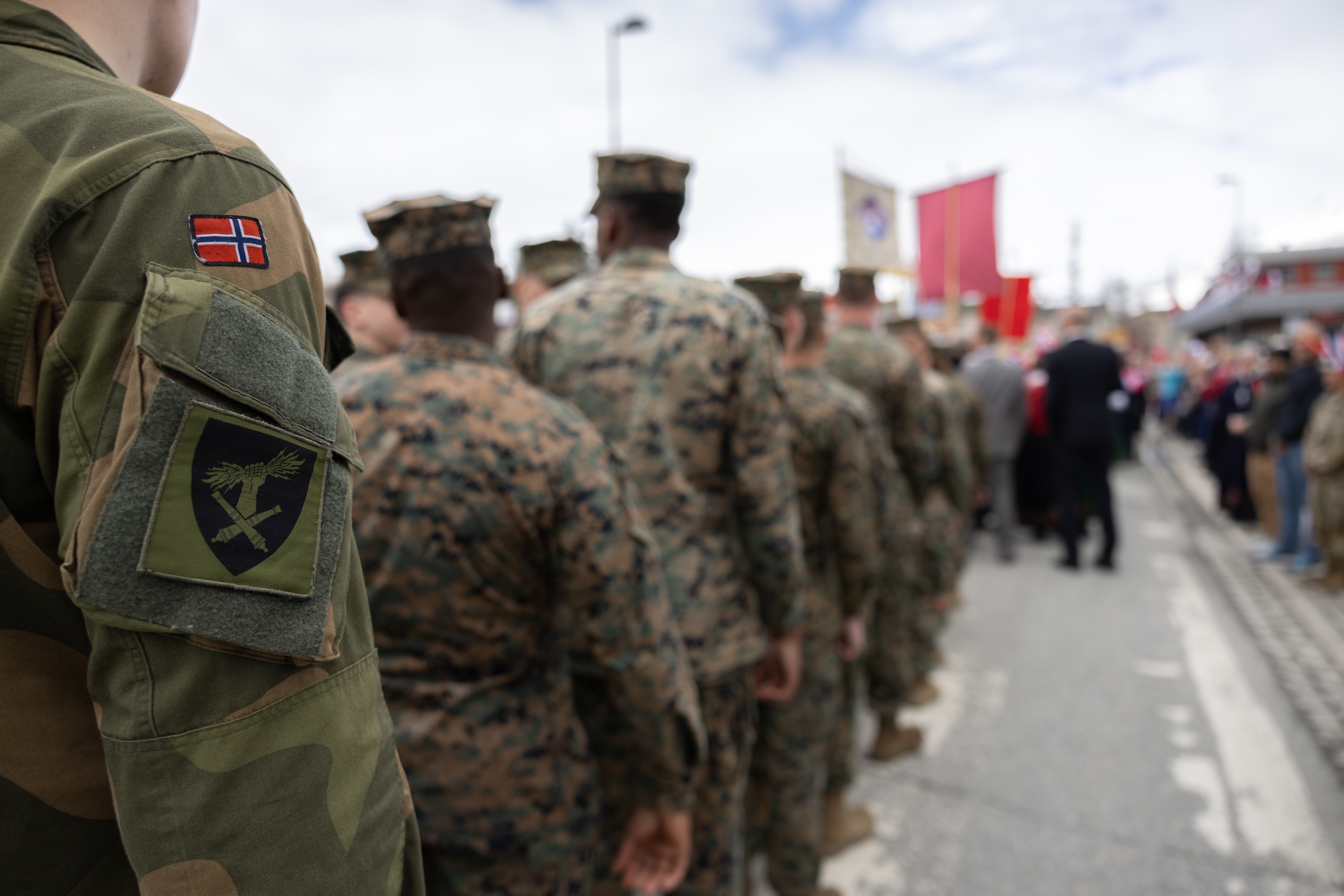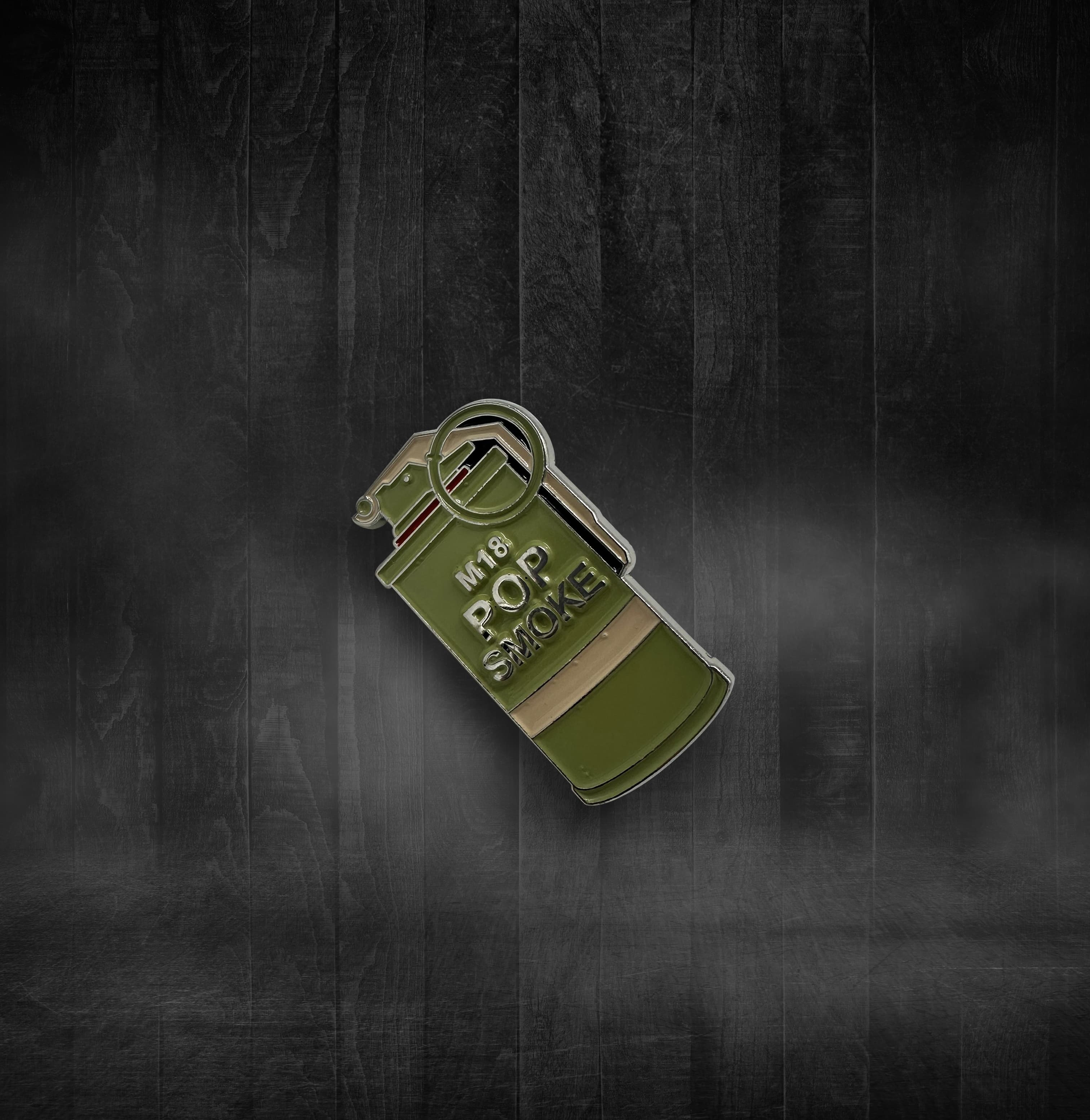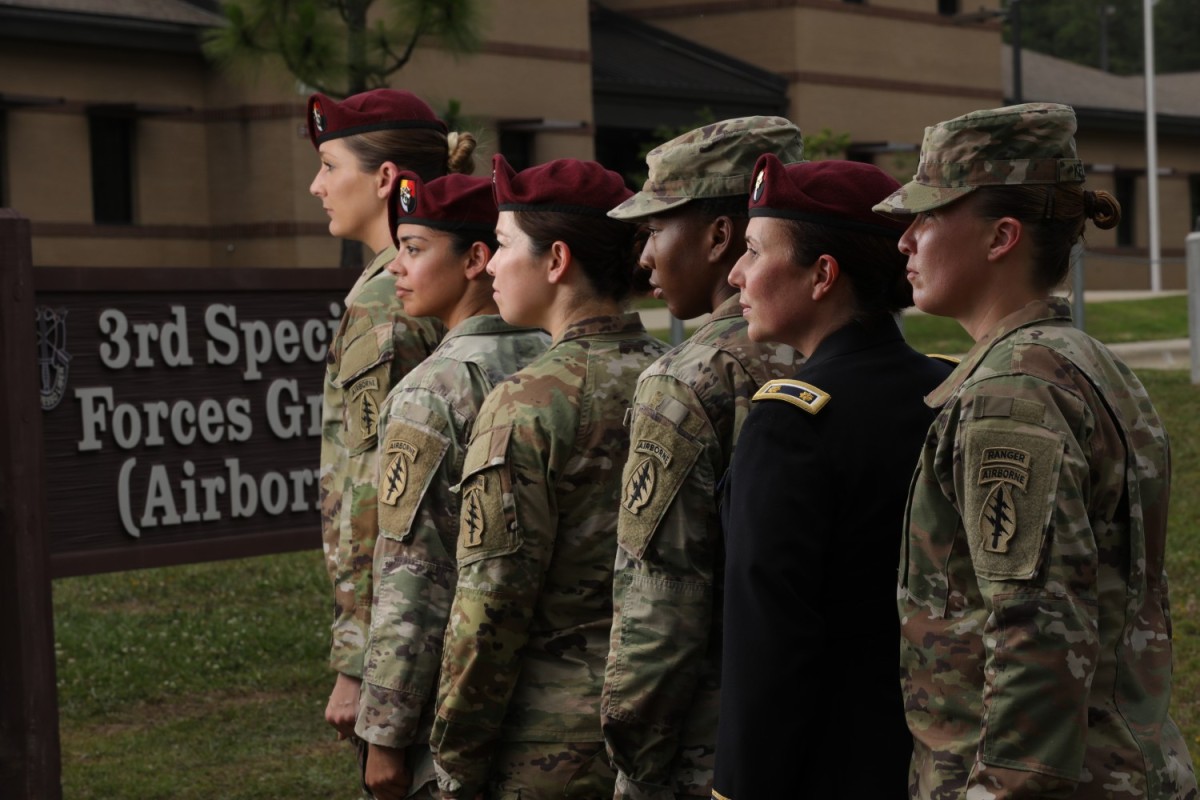Norway Requires Women to Serve. Should the U.S. Do the Same?
Norway introduced gender-neutral conscription in 2015, requiring both men and women to serve in their military. The U.S. remains volunteer-based, but should America consider mandatory military service for women too?
 (DVIDS Photo by Sgt. 1st Class Jeff VanWey)
(DVIDS Photo by Sgt. 1st Class Jeff VanWey)In 1628, conscription in Norway was first introduced. It became a universal system in 1953 when all men were required to serve. In 2015, Norway expanded conscription to include women, making it the very first NATO country with gender-neutral mandatory service. All men and women are eligible, but only about 15–20% of each age cohort actually serve.
The U.S. ended the draft in 1973 and has been an all-volunteer force since. Considering all the time Norwegians have served alongside US service members, in both training and combat, the big question is: should the U.S. follow Norway’s lead?

Norwegian Conscription
In Norway, all men and women are conscription-eligible, but their military does not need everyone. Thus, each year about 60,000–70,000 youths are called to a screening process (medical, psychological, aptitude tests).
Only the best-qualified and most motivated are selected, and the rest are formally released from service but remain on paper as part of the conscription system.
US service model
The US currently has an all-volunteer force but notably has struggled to meet recruiting goals. A 2017 Department of Defense study found about 71% of Americans aged 17–24 would be ineligible to join without a waiver.
Much like Norway, the US military is not large enough to hold all the youths, but in a day-and-age where recruiters are notoriously stressed and overworked, is Norway's model worth considering?
Arguments For Adopting in the U.S.
Women make up a little more than 50% of the U.S. population, yet they are excluded from being required to register for the draft. Opponents of this feel it undermines equal responsibility. Women have served either in, or alongside, the US military since the revolution. Brave American women sacrificed along their male counterparts, serving as medical personnel, and eventually transitioning into combat roles such as pilots and combat arms.
A similar screening would help ensure the most qualified individuals are being given an opportunity to contribute and serve. Furthermore, knowing a screening is inevitable, may inspire more young Americans to avoid factors, such as childhood obesity, that leave many so woefully unqualified for service.
Arguments Against
The population of the U.S. (~330M) is far larger than Norway (~5.5M). As you would imagine, implementing a similar process would be logistically far more complex, and expensive. Additionally, men are not even required to go through the same active screening for eligibility, just being required to register for the draft.
Another consideration is that the idea would be wildly unpopular. Despite never losing a major battle in Afghanistan (or Vietnam) the US military left in disgrace (much like Vietnam) because history has proven that our leaders will eventually bungle the strategy. Many American youths feel less inclined towards taking orders from politicians and generals that have spent the last several years trying to gaslight the American public into thinking they did a good job managing the conflict, the withdrawal or the care of the Veterans who served in the GWOT.
Cultural Comparison
Norway is a small, cohesive, high-trust society, where mandatory service is tied to national identity. By contrast, the U.S. is a large, diverse, politically divided society where the idea of mandatory service often triggers debate about government overreach.
When it comes to gender expectations, Norway frames it as equality. While the U.S. debates often center on tradition and combat readiness.
This subject could warrant a lot more discussion than a 600 word article, but do you think the US should follow Norway’s lead? Leave a comment!
















Conversation